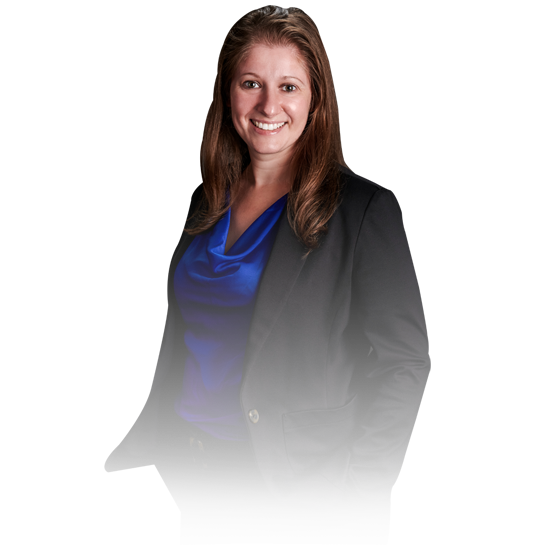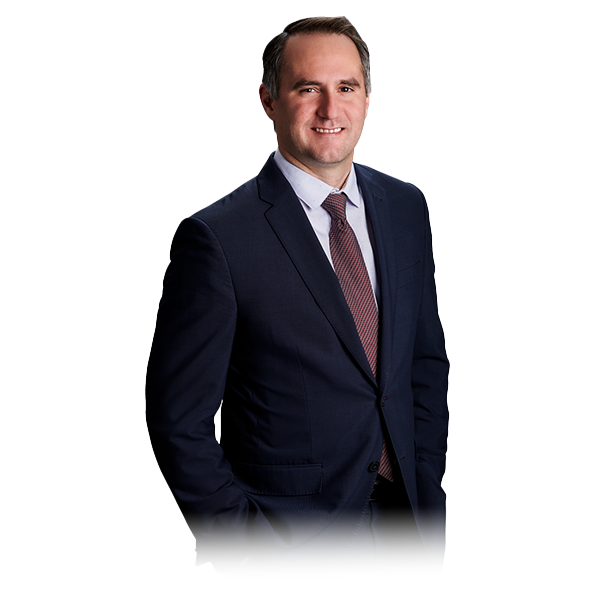*Since the writing of the blog the decision has been affirmed by ONCA.
Signaling a move towards a stricter approach to catastrophic impairment designation by the License Appeal Tribunal, Adjudicator Susan Sapin, a former FSCO senior arbitrator, rejected a claim for entitlement of catastrophic benefits despite the claimant being only 4% shy of the 55% impairment of the whole person (WPI) threshold.
The claimant, in the case of Applicant and Peel Mutual Insurance Company (16-000013/AABS), was confirmed to have suffered a mild traumatic brain injury (TBI) and post-concussive syndrome as well an adjustment disorder, anxiety, depression, chronic pain and a somatic disorder. She sustained serious injuries in a 2012 accident when the vehicle she and her friend were occupying was struck by a pick-up truck sending it to a ditch where it then hit a tree. At the time of rescue, her head was wedged between the headrest of her seat and the metal pillar between the doors on her side of the vehicle.
In 2014, the claimant applied for determination of catastrophic impairment. She applied under Criterion 7 which requires the combination of a mental or behavioural impairment and a physical impairment that results in 55 % or more WPI. Assessments completed on her behalf through Omega Medical Associates concluded that she exceeded the threshold based on injuries that fell in the range of 35-57% WPI (which was later revised to 54% WPI). Assessments completed on behalf of Peel Mutual Insurance Company (Peel) through Direct IME Independent Medical Evaluations determined that at 39% WPI (rounded up to 40%WPI), her injuries did not meet the threshold.
The adjudicator was especially critical about Omega’s practice of first assigning a WPI as a range then picking the highest number in the range to represent the severity of the impairment. She found the 2014 FSCO case of Moser and Guarantee Company of North America [FSCO A13-000812] particularly compelling. Moser, which also involved Omega, was significant for its critique of the use of wide ranges in impairment ratings and the issue of double-counting an impairment. In reference to Moser, Adjudicator Sapin stated:
[30] Although this jurisprudence is not binding on me, I find it sound and persuasive. I agree with Peel that for an assessor to simply assign a range, or to arbitrarily choose the highest number in the range on principle, is to abdicate the exercise of clinical judgment required under the Guides.
[31] Furthermore, I find that a range is not helpful to adjudicators, since the Schedule defines catastrophic impairment as a fixed number – 55% – and not a range. Admittedly, given that the Guides, and the jurisprudence, acknowledge that measures of catastrophic impairment are at best an informed estimate, determining whether the legal threshold has been met is neither simple nor exact. Nevertheless, it is what the law requires.
In arriving at what she determined to be the appropriate impairment rating of 51% WPI, the adjudicator addressed double-counting an impairment, an issue that was also central in Moser. In this case, she determined that the claimant’s sleep difficulties to be due to both neurological and psychological causes, and proceeded to rate it under both Chapters 4 and 14. She found that this was permitted in the Guides stating that impairments should first be rated under each chapter, where applicable. She then noted that whether combining the ratings would entail double counting or overlap would be a question of fact in each case. In this case, she found compelling medical opinion to support related symptoms (reduced daytime alertness) as fall under Chapter 4: Neurological, and other related symptoms (depression, anxiety, persistent pain) to fall under Chapter 14: Psychological.
While the Tribunal’s approach in this case may strike some as unduly strict where it would not have been difficult to raise the claimant’s impairments to 53% WPI and round it up to 55% WPI per the Guides, it is a welcome approach overall as it aligns with its predecessor’s approach as set out in Moser. Moser brought clarity and consistency in a very complex area of accident benefits. Where there was some trepidation over how extensively FSCO jurisprudence would be applied at the LAT, it is gratifying to know that thousands of decisions hard fought over at FSCO will not be relegated to the trash heap, and may yet have persuasive authority.
Sharla Bandoquillo is a member of the Catastrophic Loss and License Appeal Tribunal practice groups. If you have a question about this decision or a catastrophic loss file, please email Sharla.













